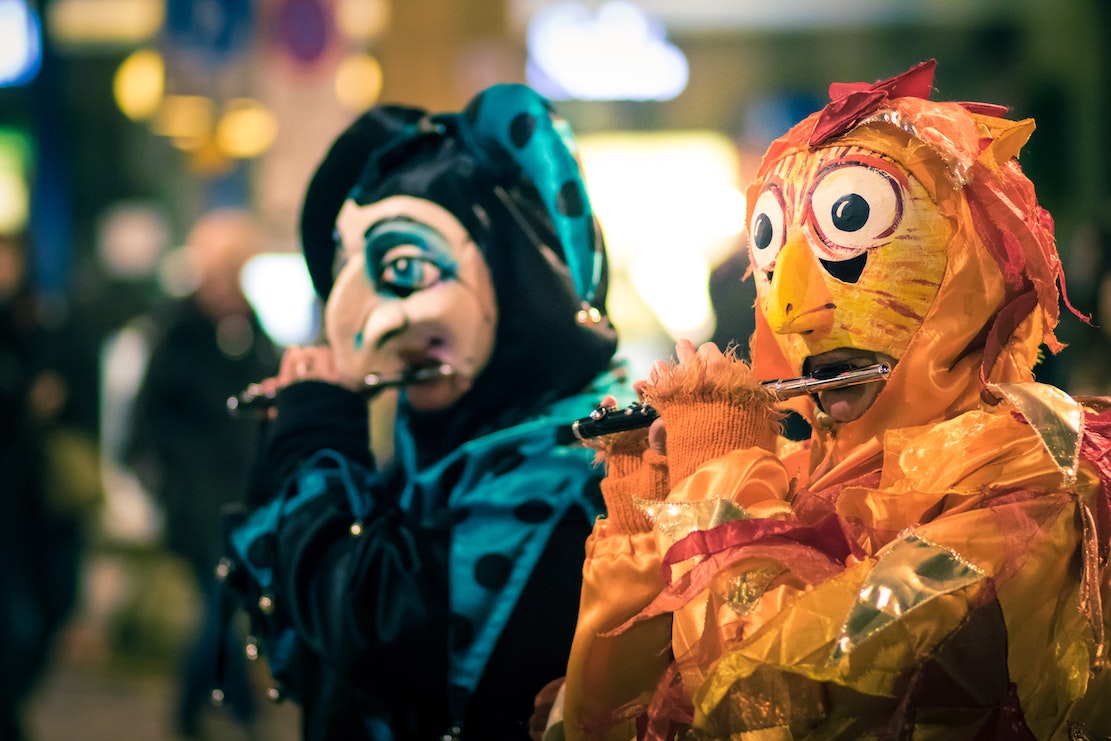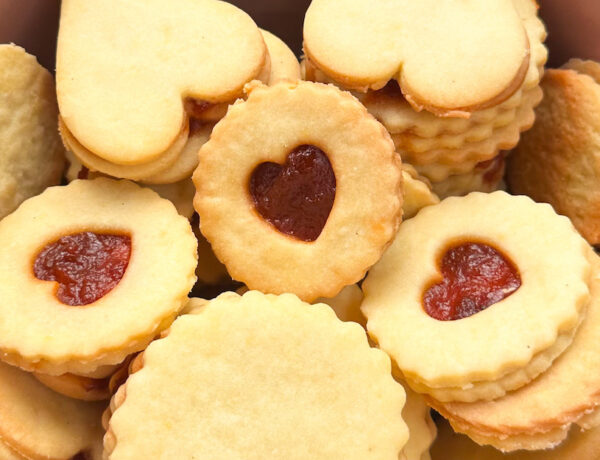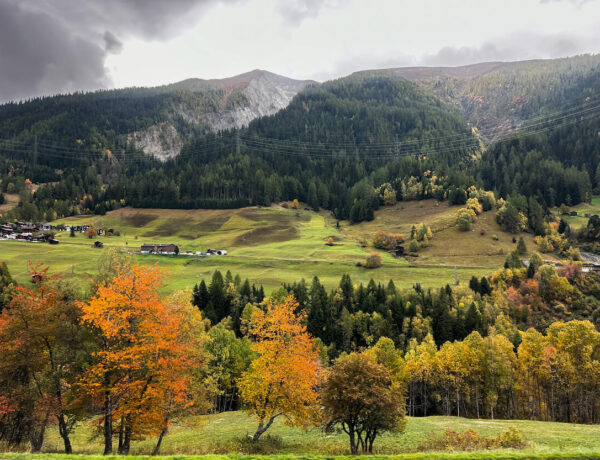It is also known as the fifth season. While in Switzerland it attracts young and old alike, in other countries it’s mainly for children. Some say it is a religious holiday, others trace its origins to ancient pagan customs. However, costumes, masks, and colourful decorations are essential parts of the celebration everywhere. You may have guessed by now (if it wasn’t obvious from the title) that this blog post is about Swiss carnival customs. The idea actually came from my Santa Claus post, because I got a lot of positive feedback, so I thought I’d do a little research on the history of the carnival in Switzerland too.
- When is the carnival season?
- The history of carnival
- But why all the noise and the costumes?
- Swiss traditions
- The biggest carnivals in Switzerland
When is the carnival season?
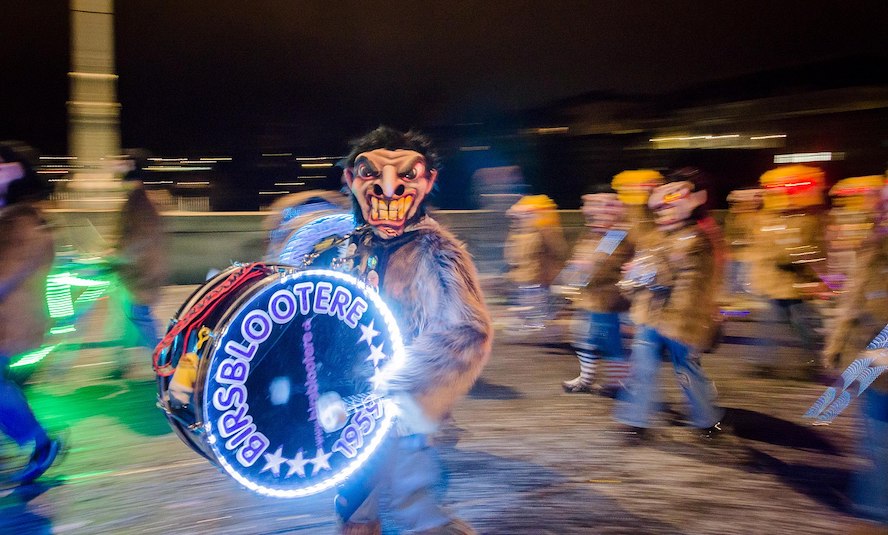
Before we dig deeper into the details of the Swiss carnival season and its traditions, I thought it would be important to clarify when is carnival celebrated. I think it’s important to talk about this not only because the actual date of the holiday changes every year, but also because it seems that customs vary even from region to region within the same country. This is by the way reflected in the different names of the holiday (Fasching, Fasnacht, Karneval). In Eastern Europe, according to some sources it begins after the Epiphany and ends on Ash Wednesday. In Switzerland, on the other hand, it starts on 11 November and ends on Ash Wednesday in some places and a week later in others. What is consistent everywhere, however, is that the carnival period peaks before Lent, in February. The discrepancies are probably due to the Christian and ancient pagan roots of the holiday, but I have not been able to find a very precise explanation.
The history of Carnival
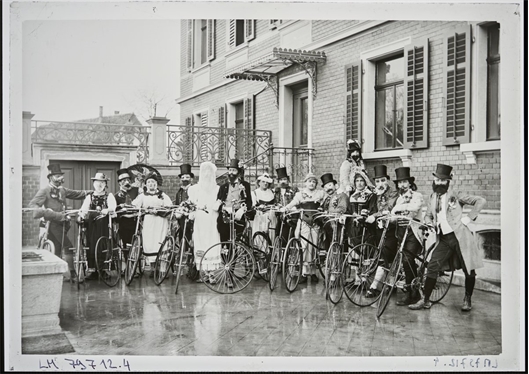
Some believe that the origins of carnival date back as far as 5000 years ago. In the countries with the first urban cultures, festivities were already being held to celebrate the awakening of spring and the end of winter. The Romans even held colourful parades in December in honour of Saturn. But the carnival as we know it today is not just a pagan holiday, it is also strongly linked to Catholic traditions.
Carnival probably gained its religious character in the late Middle Ages, when Lent first appeared. People of that time were much stricter in following different religious rules, including the 40-day fasting period. We could say that carnival actually ushers in the period before Easter. In fact, it was the last opportunity for our ancestors to have a good meal and to celebrate loudly before the abstinence and introspection of the period of Lent.
But why all the noise and the costumes?
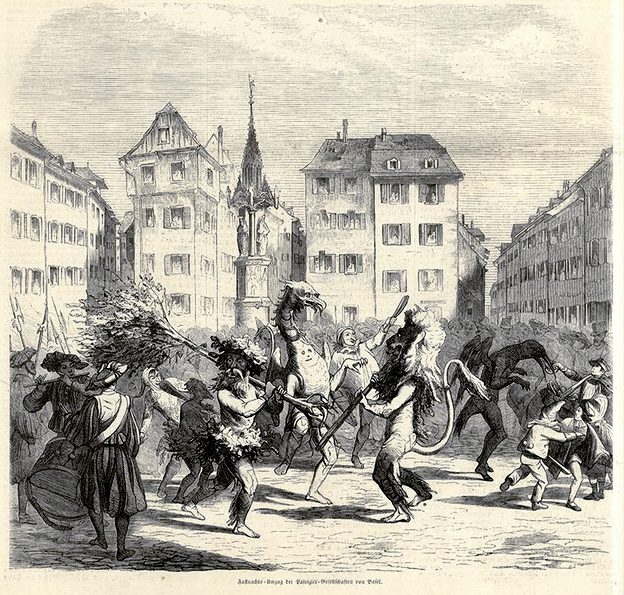
Like so many other holidays, Carnival also has a strong connection with nature. The ever-changing cycles of the seasons have shaped the rhythms of our ancestors’ lives more than anything else. Centuries ago, humans lived in much closer contact with nature. They not only feared but also respected the forces of nature because their livelihoods heavily depended on them. Therefore they feared that the evil spirits and demons of winter could prevent the arrival of spring. And this is how all those scary costumes and noisy accessories are linked to the carnival season. People believed that these would not only ward off evil spirits but also help nature wake up from its winter sleep.
The next logical question is obviously why someone who wants to get rid of a demon would dress up as one. The answer is much simpler than you might think… People only dared to stand up to their opponents if they themselves took on the ugly appearance of their enemies, almost becoming one with their costumes.
Swiss traditions, the Swiss carnival season
Like everything else, Carnival customs in Switzerland are pretty diverse. Local celebrations take place from the beginning of February until the end of the month, at different times in each region and city. You can browse the full list at myswitzerland.com (I’ll definitely be attending the celebrations in Bern, Biel and Zurich). What’s pretty much the same everywhere is that towns and villages are decorated for the carnival season, and locals say goodbye to the cold season with street parades and with “Guggenmusik” in most of the cities. In kindergartens, nurseries, and lower primary schools, children dress up in costumes and parade down the main street of the town or village.

Another interesting fact is that in Switzerland not only children but also adults dress up in costumes and take part in carnival parades. What I really love is that people really take it seriously here, they don’t just put on a lame headband, they really dress up properly in full costume. But don’t imagine a parade with fairies, princes, princesses and Spider-Man. The costumes and masks are scary and often grotesque. Also, people march down the main street of a town or village with noisy accessories in their hands, such as pots, spoons, and wooden rattles. As mentioned above, they would also play Guggenmusik in some regions, which is a strongly rhythmic music with brass instruments, pipes and drums. The celebrations often go on for days, there is a real festival atmosphere, and everything is covered with confetti so much that you can hardly see the streets and pavements.
The biggest carnivals in Switzerland
The Carnival of Basel (Basler Fasnacht)
Basel enjoys a special status within the country, as it celebrates carnival despite the fact that the city has been Protestant for centuries. Not only does it celebrate it, but the Carnival of Basel or Basler Fasnacht is the country’s biggest and most famous carnival celebration. It starts at 4 am on the Monday after Ash Wednesday with the so-called Morgestraich and lasts exactly 72 hours. This is when all the street lights are switched off in the city centre, the only source of light being the people and their lanterns in the carnival parade. It’s truly magical and mysterious so if you only want to go to one Carnival parade, this should be it.
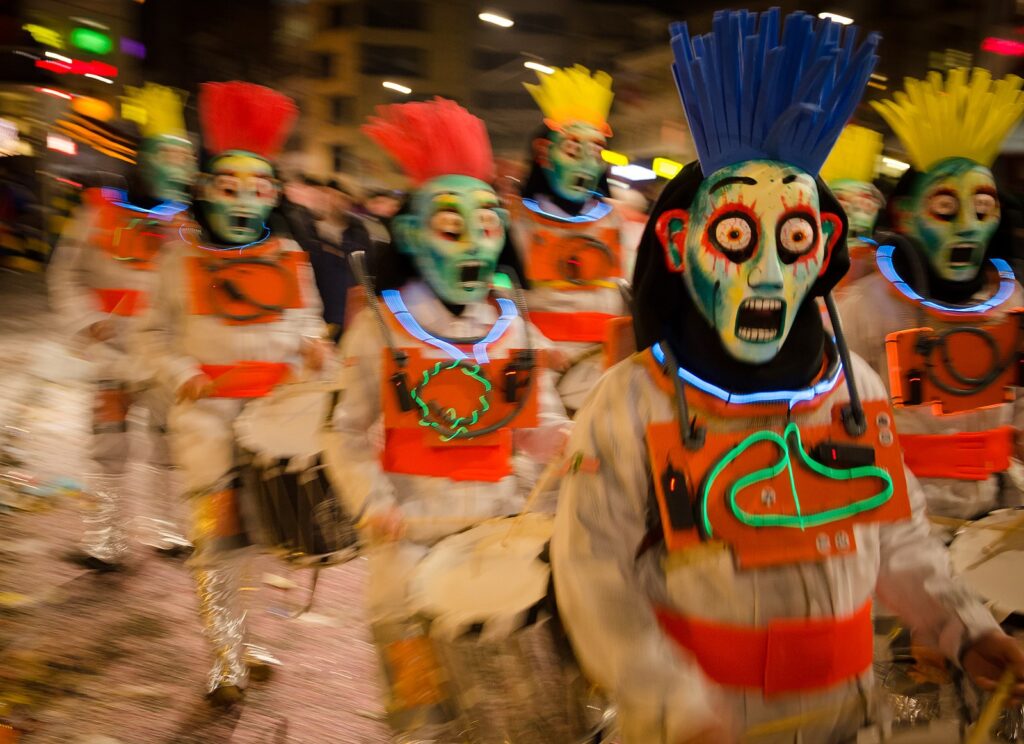
Rabadan, the Bellinzona carnival
The Rabadan takes place in Bellinzona, the capital of the canton of Ticino. The word ‘Rabadan’ means noise which actually makes sense if we think about the above-mentioned Carnival traditions :). The celebrations last for 6 days from the Thursday before Lent. The carnival traditionally begins with the mayor handing over the keys of the city to the King of Rabadan. And from that moment on the fools rule the capital of Ticino. After the Basel Carnival, it is the second largest in Switzerland with 150,000 participants. The best thing, I think, is that in addition to the usual parades, they also serve delicious risotto and luganighe (a kind of pork sausage) in the old town. For more details, information, programs, and more click here.
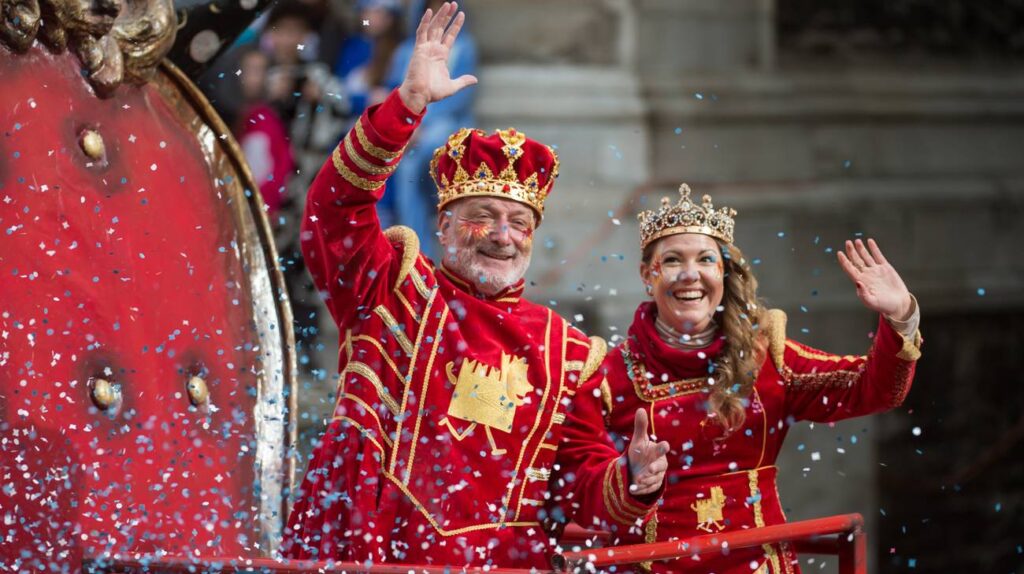
The bear awakening party in Bern
In a very short time, the Bern Carnival has become Switzerland’s third-largest carnival event. It starts on the Thursday after Ash Wednesday when after 111 days, they wake up the bears in the Käfigturm from their winter hibernation. And after the release of the bears (or “Bärebefreiig” in German), a three-day-long celebration begins, ending with a colourful carnival parade on Saturday afternoon. More information on the programs here and here.
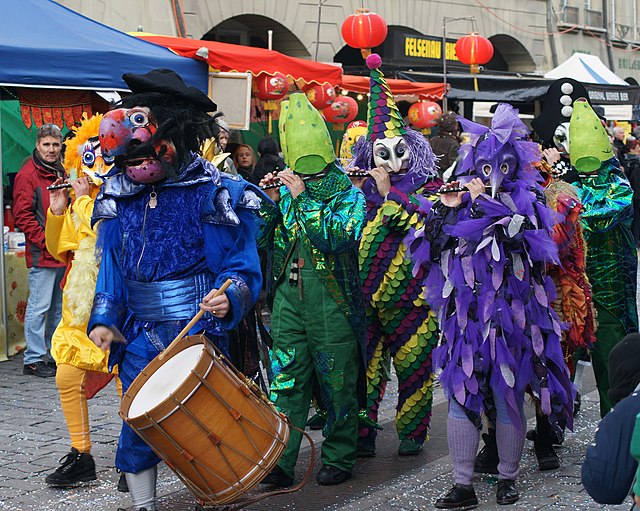
Sources:
https://www.henniez.ch/de-ch/naturverbundene-braeuche-als-ursprung
https://www.bern.com/de/aktuelles-events/veranstaltungen/detail/berner-fasnacht
https://www.bellinzonaevalli.ch/en/events/details/Rabadan-Carnival-in-Bellinzona/137977.html

